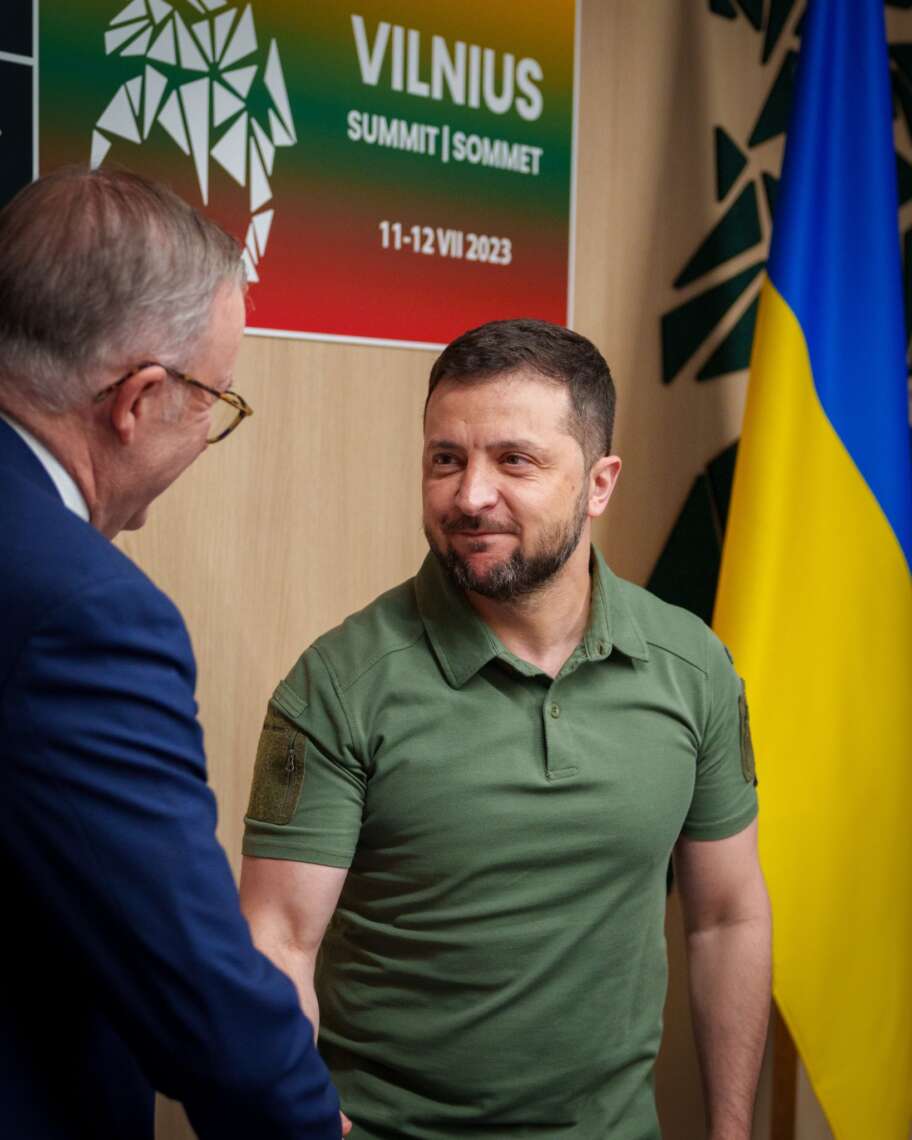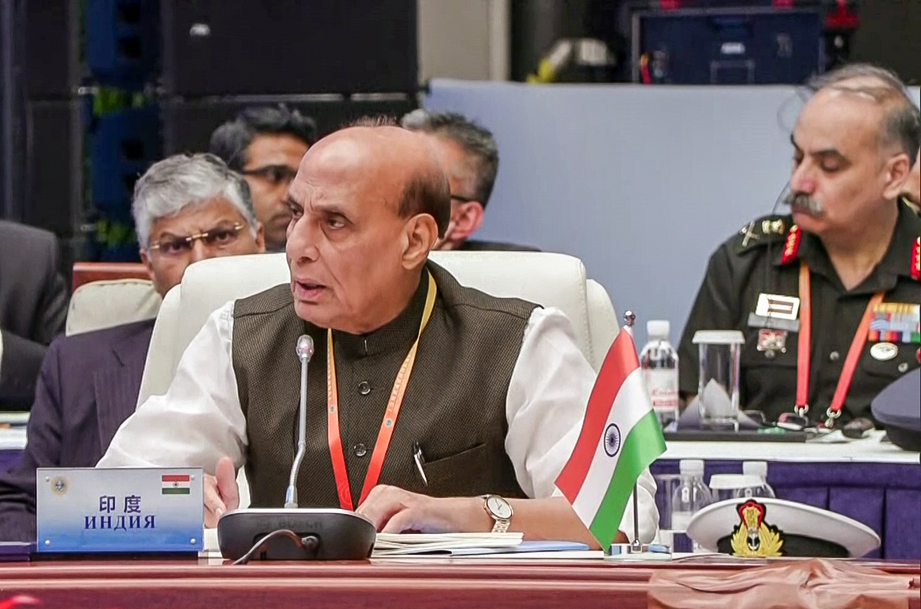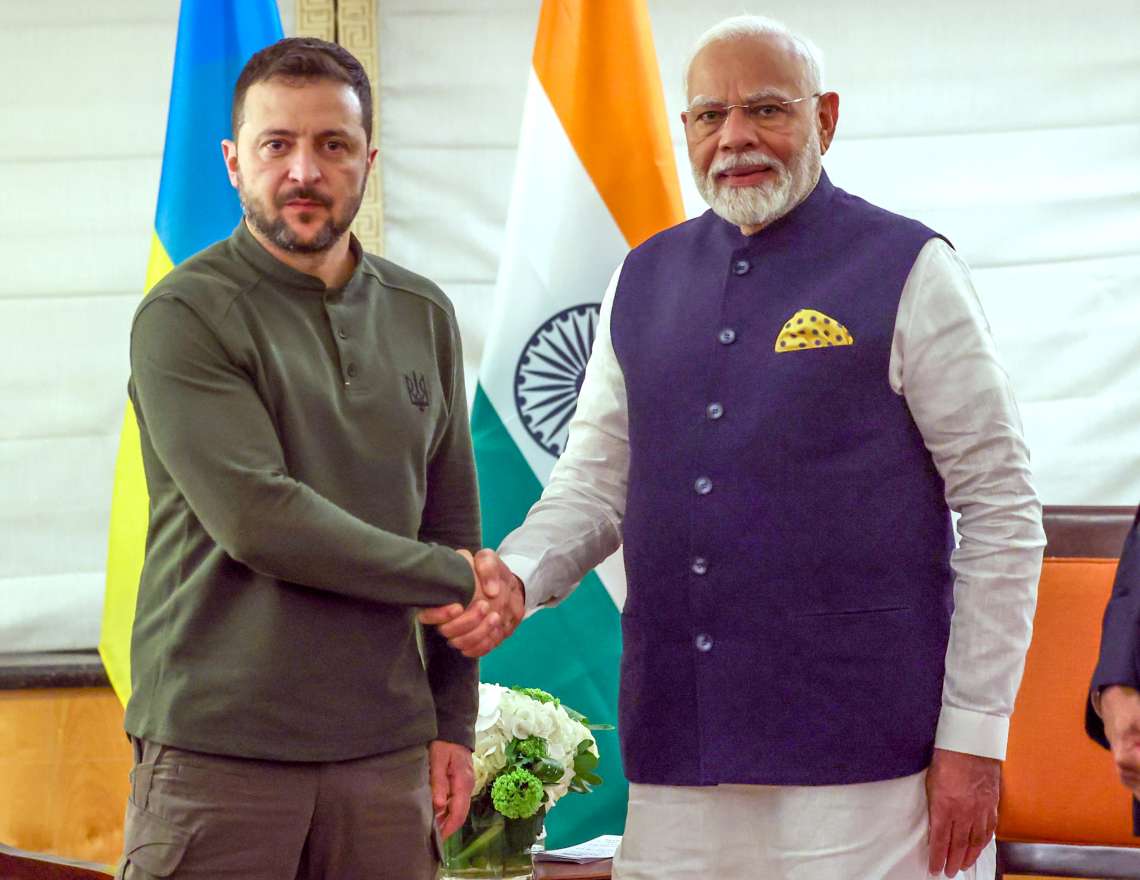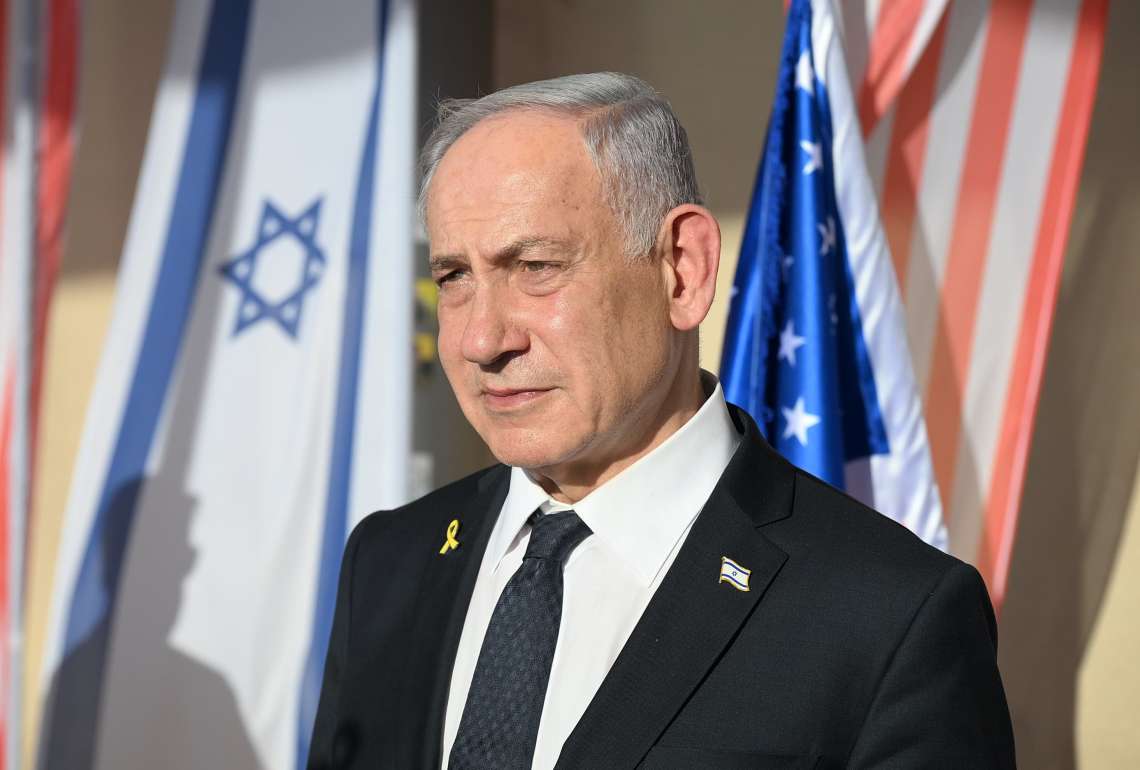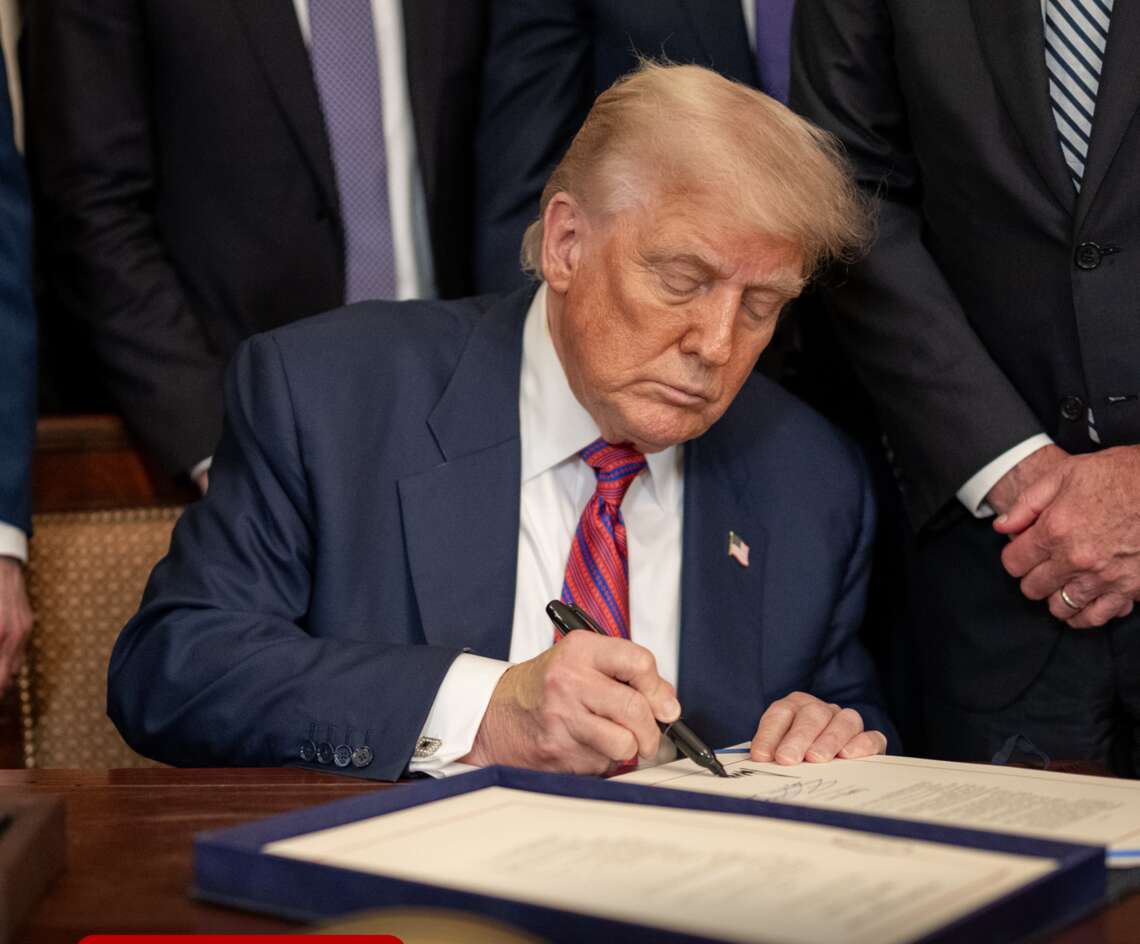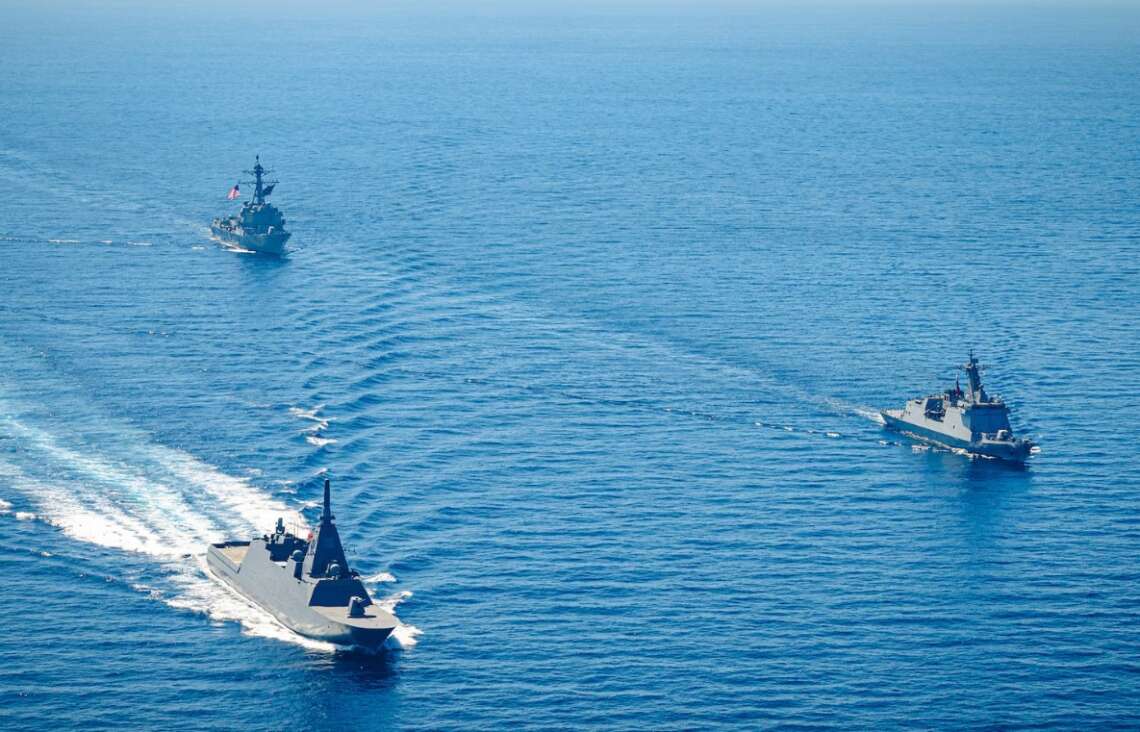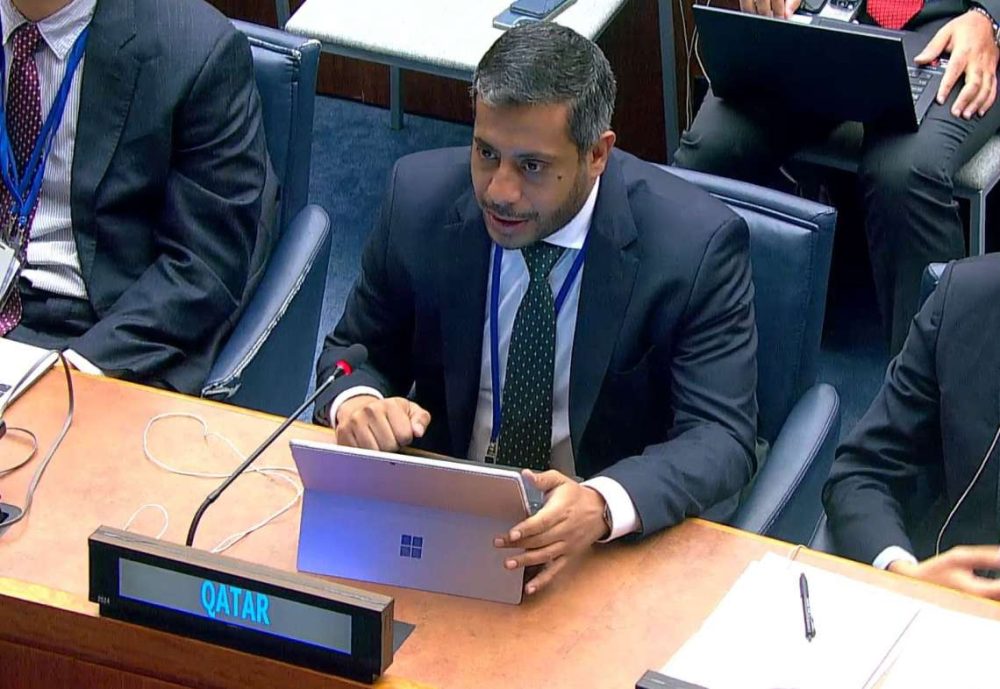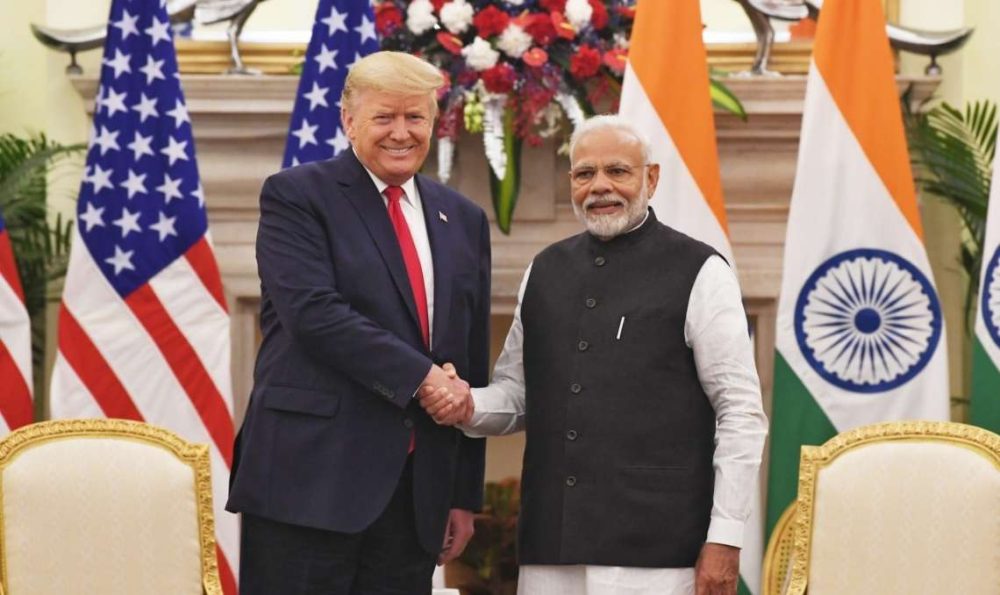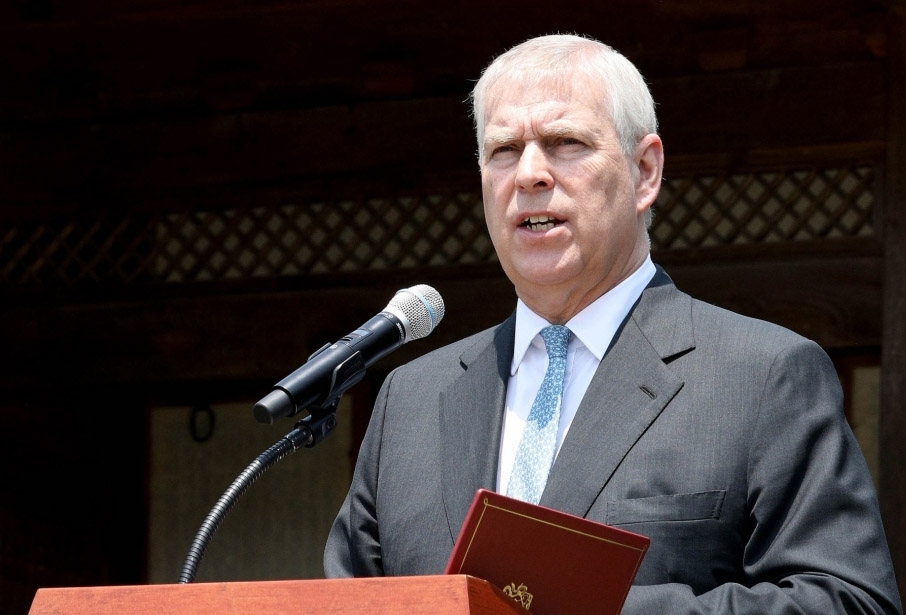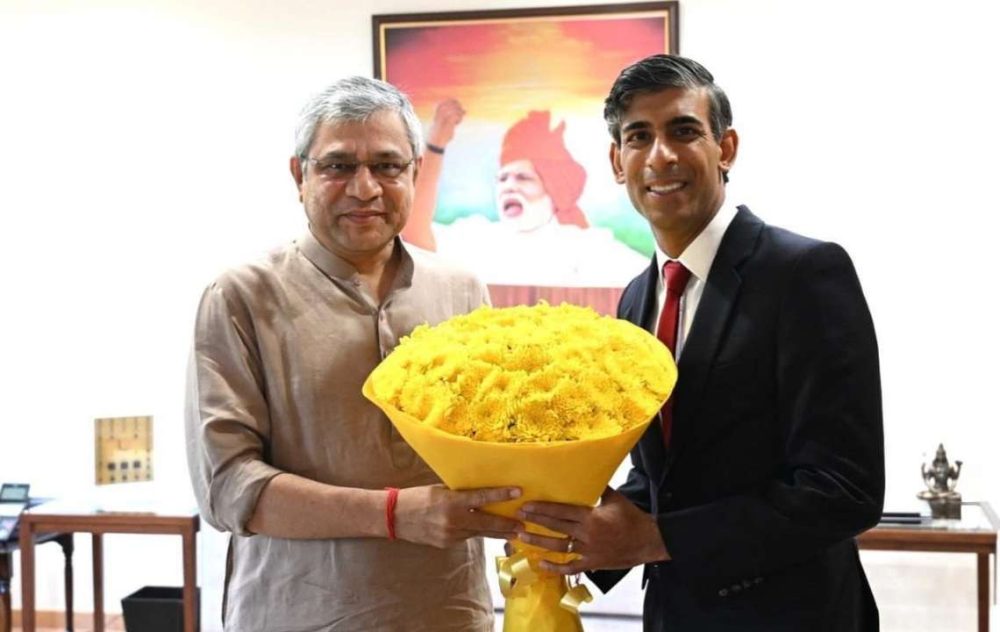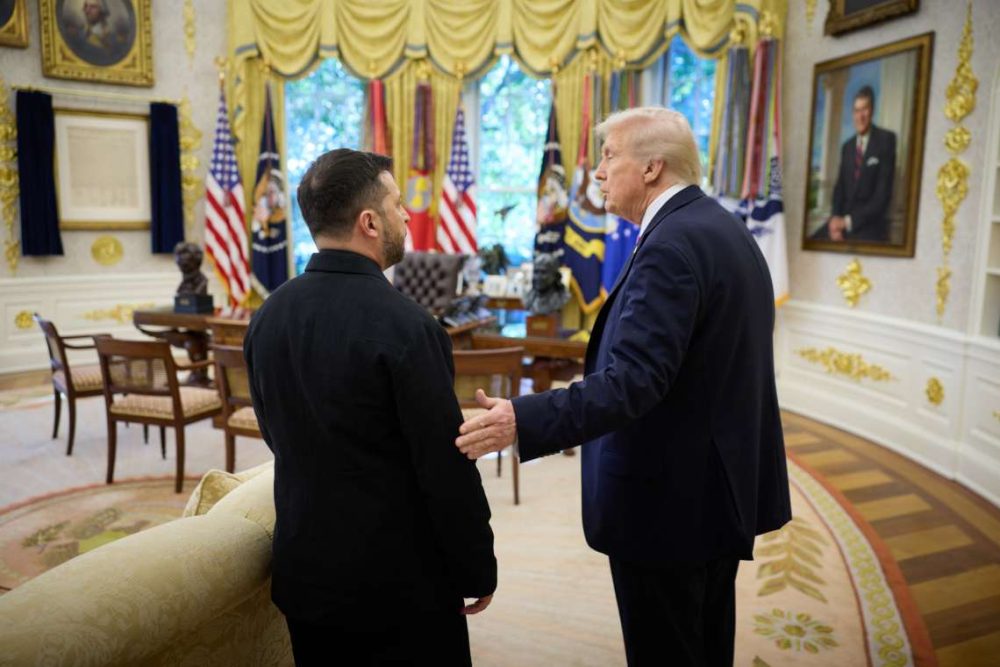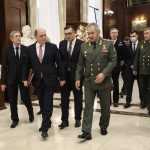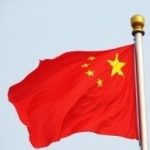Australia Sends Abrams Tanks to Ukraine as Russia Launches New Wave of Strikes
Australia has delivered M1A1 Abrams tanks to Ukraine as part of a A$245 million (US$160 million) defence aid package, reinforcing its role as one of the largest non-NATO contributors to Kyiv’s war effort. The tanks are expected to bolster Ukraine’s ground forces as the country continues its fight against Russia’s ongoing invasion.
According to Arab News, the majority of the 49 tanks pledged by Australia have already arrived in Ukraine, with the remainder scheduled for delivery in the coming months. This transfer forms part of a larger A$1.5 billion (US$980 million) aid commitment from Canberra, which also includes ammunition, logistics support, and protective gear.
Since the conflict began in February 2022, Australia has consistently supported Ukraine through sanctions and strategic export restrictions, including bans on alumina, aluminium ores, and bauxite to Russia. The centre-left Labor government in Canberra has taken a firm stance in the conflict, aligning with Western partners and advocating for a resolution based on Ukraine’s terms.
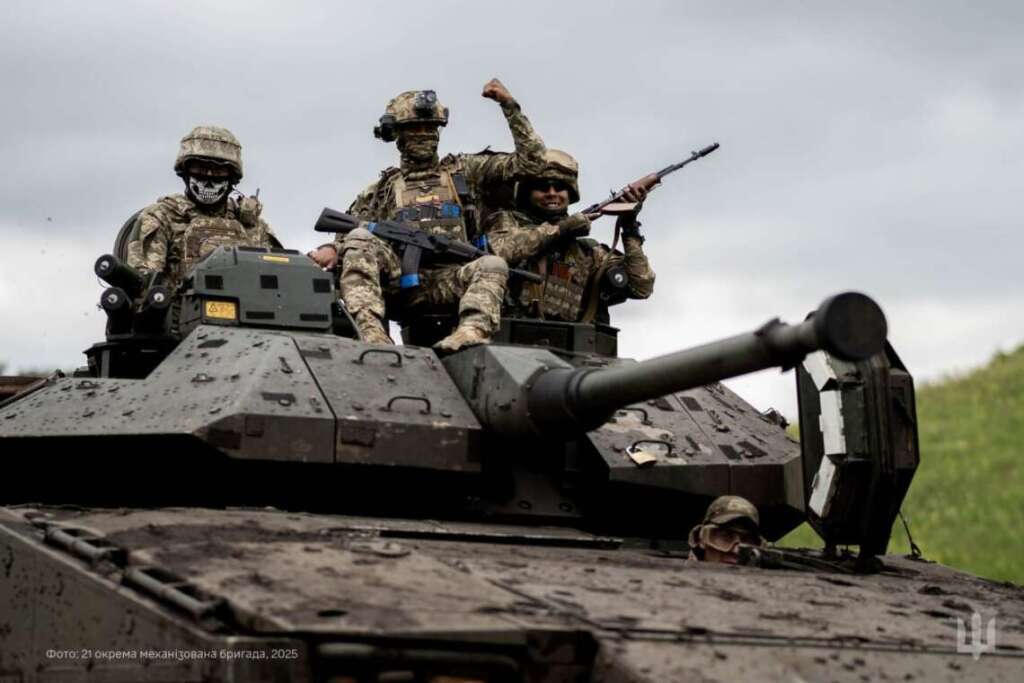
As Western aid continues to flow, Russia has responded with a new wave of large-scale attacks. The Russian Defence Ministry confirmed that it had launched coordinated strikes using precision-guided weapons and drones against Ukrainian defence infrastructure and production facilities. The strikes were said to target critical components of Ukraine’s military-industrial complex.
Ukrainian officials reported that more than 300 drones and over 30 cruise missiles were launched overnight. In the southern port city of Odesa, one person was reportedly killed and six others injured, according to information from the Chinese state-run Xinhua news agency.
Russia, in turn, claimed that it had intercepted 71 Ukrainian drones in one night, with 13 of those reportedly approaching Moscow’s airspace. The Russian capital experienced heightened security responses, and several drone incidents triggered emergency measures across surrounding regions.
Amid this renewed violence, the Kremlin has reiterated its readiness to resume direct negotiations with Ukraine. Russian officials have stated that they are awaiting a response from Kyiv on proposed timelines for a potential third round of talks. While no official roadmap has been presented by either side, Moscow has indicated a willingness to continue dialogue, citing previous meetings held in Istanbul as precedent.
Meanwhile, Russian diplomatic channels continue to stress the importance of bilateral engagement, though Kyiv’s leadership has made no formal comment on the possibility of renewed negotiations.
As the battlefield situation remains fluid and diplomatic uncertainty persists, both Ukraine and Russia appear to be pursuing parallel strategies—military escalation coupled with cautious engagement—amid a conflict that shows no immediate sign of resolution.


